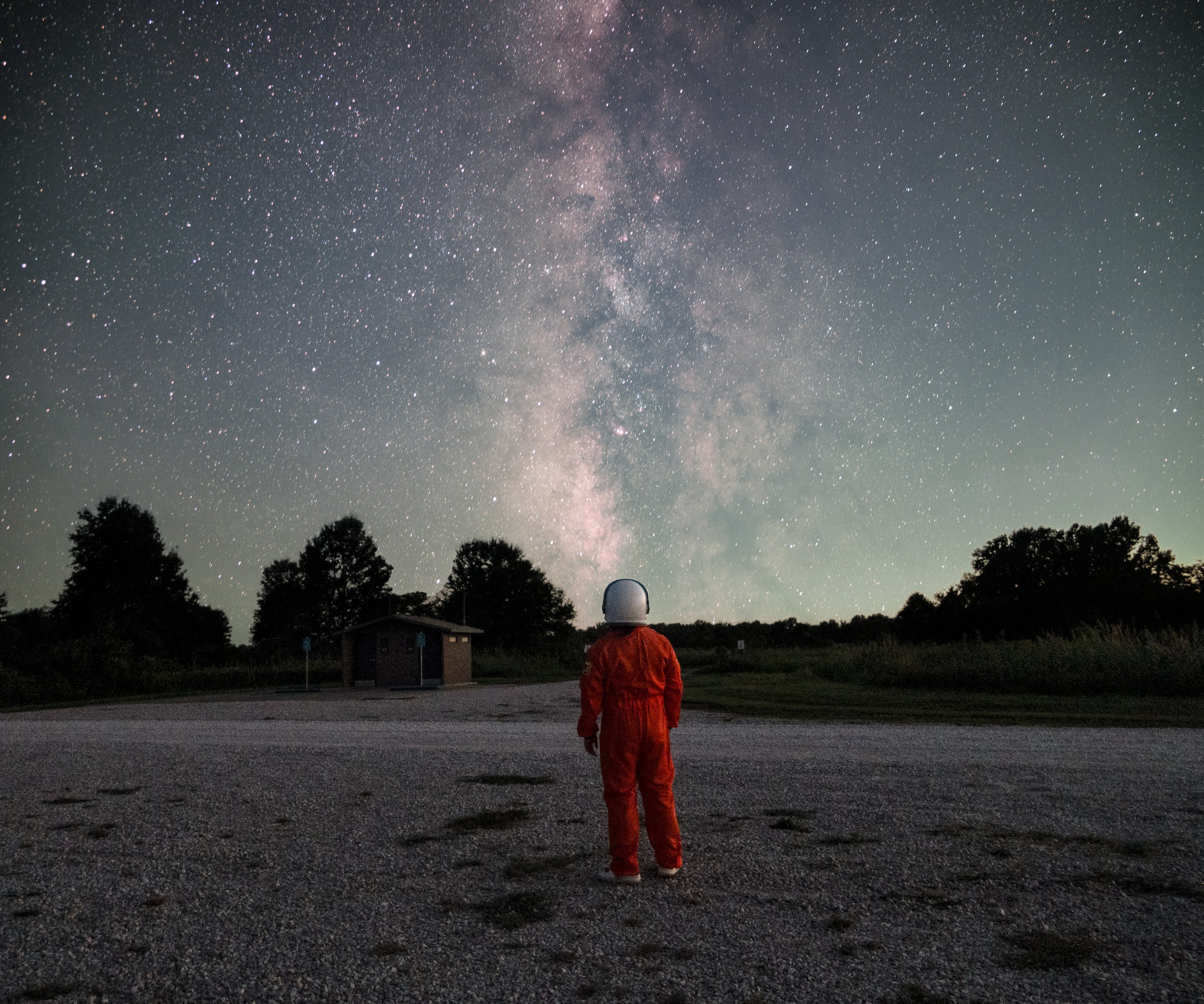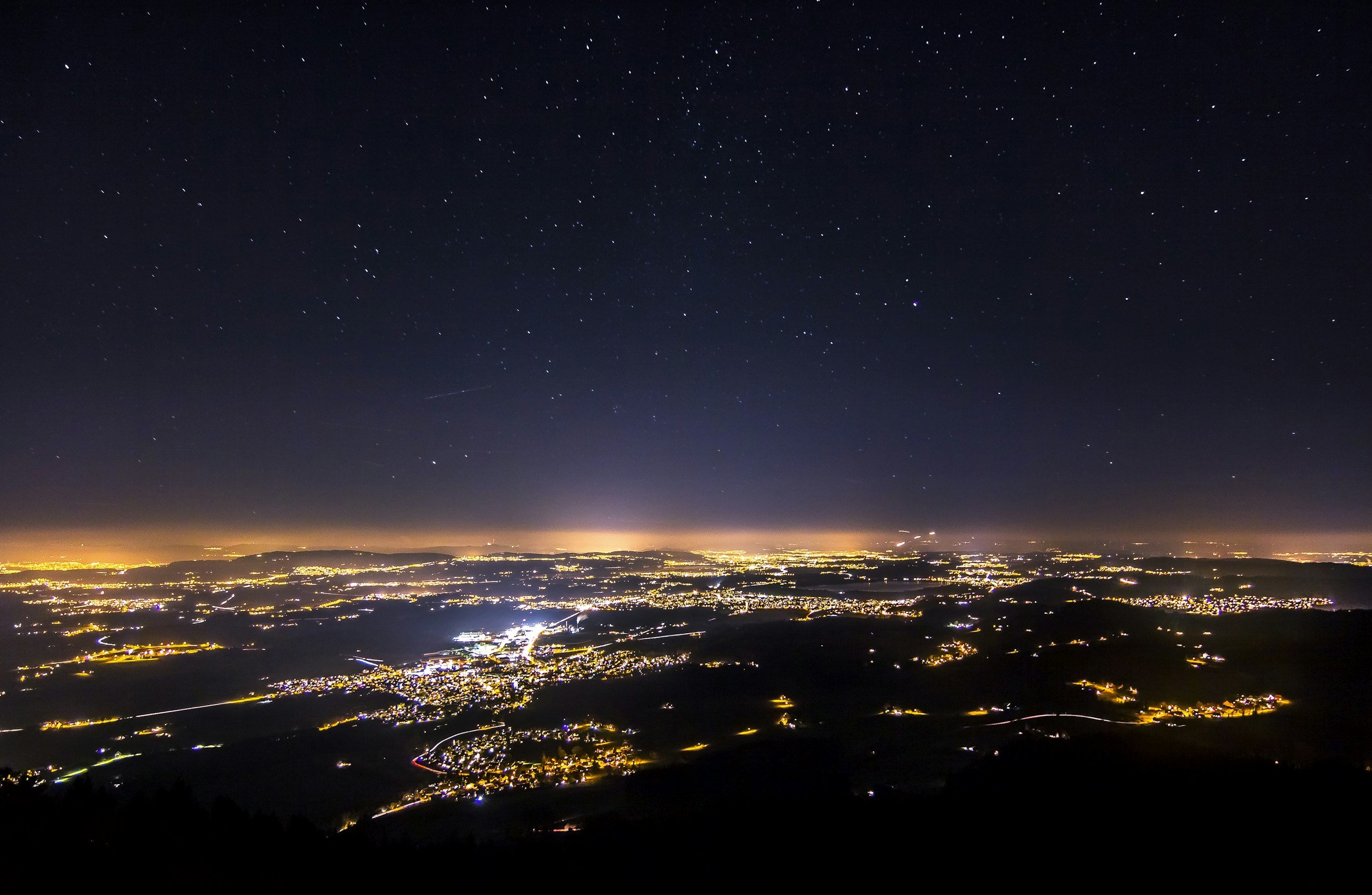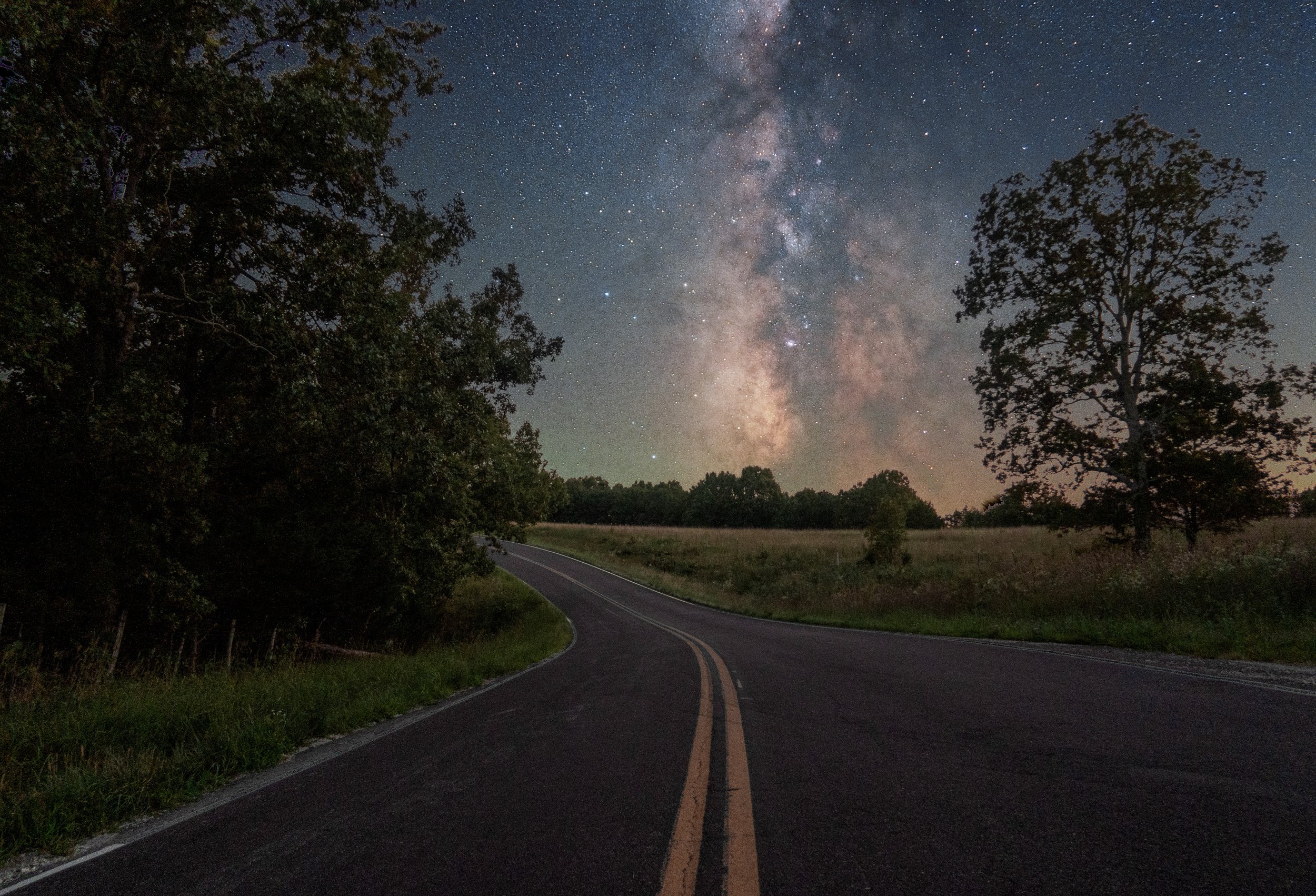
my top
Stargazing Resources
1.
First things first
Find an astronomy club near you

2.
find dark skies using the light pollution map
Find Your Location
Click on the link below, Light Pollution Map.
At the top left of this page you can find a bunch of tools. You can manually search places in the bar by name or coordinates. Click on the crosshair icon to find your exact location. The browser may ask you to allow this, click yes/accept.
Understanding the Colors
You will now see your location on the map as a blue dot. To better understand what the different colors represent, click on the Map Legend on the right hand side to toggle it on. Go ahead and zoom out by using the mousewheel or pinching on your screen.
Locating Dark Skies
This is how the darkness of an region is measured. Less light polluted areas are the blacks blues greens and as you further to the right into the oranges reds and purples more light pollution is to be found. To be able to see the milky way, you’d at least have to be in the yellow areas, OR at least be facing towards it. For a great dark site, you want to find a green or blue location. Sometimes, that means having to drive an hour or two away from home. Keep in mind that the moon is also a source of light pollution. Plan a your visit during or around a new moon. Now that you understand how to find dark skies, go chase some milk!
3.
My Favorite Mobile Apps
Astronomy
Stellarium
Sky Safari
Skyview Lite
Sky Live
Maps & Planning
Photopills(photography planning)
Moon Globe(Lunar Map)
PS Align (Polar Aligning tool)
NASA (Education)
Forecasts
Astrospheric
Clear Outside
Space Weather Live





